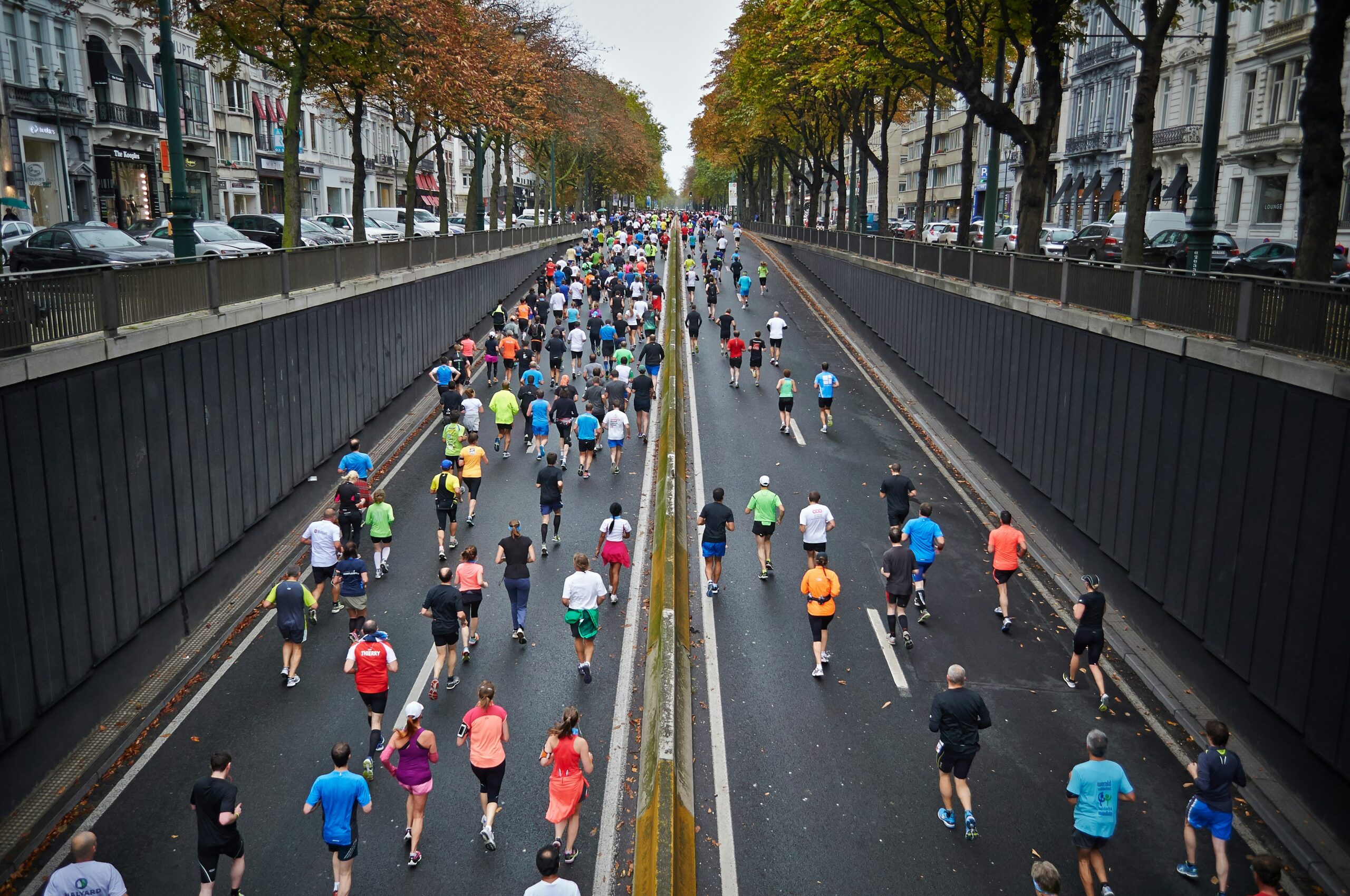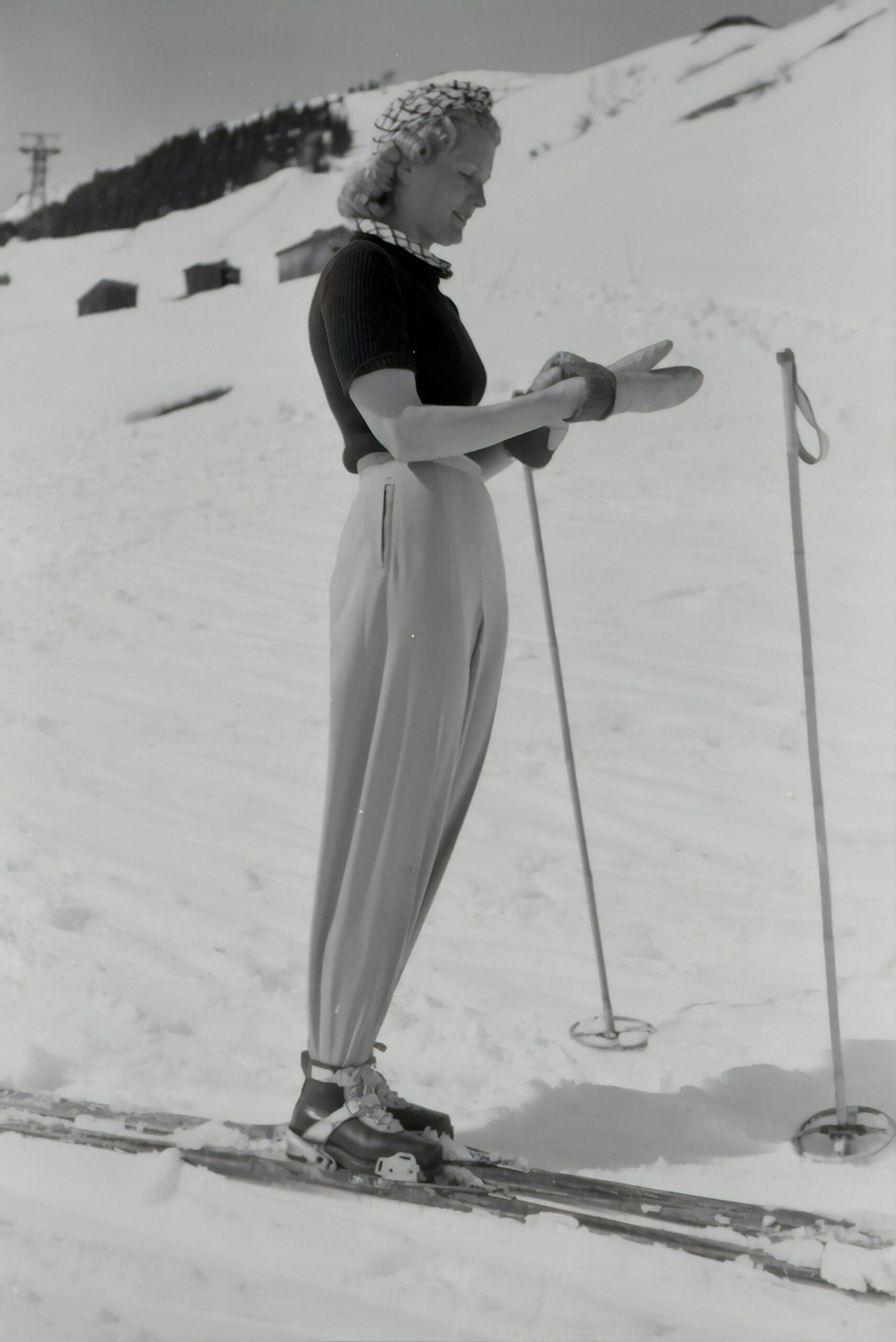Unleashing Potential Through Team Sports and Community Connection
The sun was shining brightly over the local park, and the sound of laughter and cheers filled the air. It was a scene that many of us have witnessed countless times: kids running on a soccer field, parents cheering from the sidelines, and a coach passionately guiding the team. But this tableau is more than just a weekend pastime; it’s a fertile ground for unleashing potential, both individually and collectively. Team sports and community connection play a pivotal role in shaping not just athletes but well-rounded individuals who can thrive in various aspects of life.
The Transformative Power of Team Sports
Engaging in team sports is like stepping into a living laboratory of life lessons. They teach us about collaboration, resilience, and the importance of communication. From the very first time a child steps onto a field, they are embarking on a journey filled with learning opportunities. Remember your first time on a sports team? The mix of excitement and nerves was palpable. For many, that experience proves to be a defining moment, laying the groundwork for future successes.
Many studies suggest that children who participate in team sports tend to perform better academically. It’s not just about physical fitness; sports teach discipline and time management—skills that are invaluable in the classroom. A significant number of young athletes report that the sense of responsibility they learned on the field translates to improved focus during school hours. It’s fascinating how dribbling a basketball or passing a soccer ball can refine a student’s ability to juggle deadlines and assignments.
Building Character and Community
But what about the character-building aspect? Team sports are a microcosm of society, offering a unique platform to develop interpersonal skills. Working with diverse teammates fosters empathy and understanding. Engaging in spirited competitions—win or lose—gives individuals a taste of resilience. It struck me that every time the final whistle blows, whether in victory or defeat, players learn to reflect on their performance and work towards improvement. And that, my friends, is the essence of growth.
Community connection through sports further amplifies these benefits. When local teams come together, they create bonds that extend beyond the playing field. Neighborhoods become tighter-knit as families gather to celebrate achievements and support one another through challenges. The camaraderie formed during an intense match can lead to lifelong friendships. I still remember the friendships I forged on my high school basketball team; those connections were more than just teammates; they became family.
Fostering Inclusivity and Diversity
As societies evolve, so do the dynamics of sports teams. Inclusivity and diversity are more than just buzzwords; they are essential components of any successful team. When individuals from varied backgrounds come together to achieve a common goal, they enrich the experience for everyone involved. This diversity of thought and experience fosters creativity and innovation. Take a moment to think about your local sports teams—are they welcoming to everyone? Creating environments where all feel included is crucial for unlocking potential.
Imagine a youth soccer league that actively recruits participants from different cultural backgrounds. A coach who values each player’s unique strengths can craft strategies that utilize these individual attributes. This not only enhances the team’s performance but also teaches players the importance of valuing diverse perspectives. It’s a win-win situation—both on and off the field.
The Role of Community Connection
Now that we’ve explored the individual benefits of team sports, let’s pivot to the broader impact on community. Community connection is the glue that holds the fabric of society together, and sports can be a powerful catalyst for strengthening these ties.
Creating a Sense of Belonging
In a world that often feels fragmented, community sports provide an avenue for individuals to connect. They create a sense of belonging that is increasingly vital in today’s fast-paced, digital age. When people come together to cheer for their local teams, they share a bond that transcends individual differences. Sitting in the bleachers, one can witness the beauty of unity—parents from different socio-economic backgrounds high-fiving each other as their children score goals.
Take, for example, the annual community basketball tournament that brings together residents from various neighborhoods. It’s not just about the scores or the trophies; it’s about the conversations sparked during halftime, the shared snacks, and the collective support for teams. These events provide a platform for breaking down barriers and fostering relationships that may not occur in other settings.
Local Heroes and Role Models
Community sports also highlight local heroes—those individuals who inspire others through their dedication and talent. Coaches, mentors, and players who rise from local teams often become role models for younger generations. Their stories resonate, reminding us that greatness can emerge from humble beginnings. I recall hearing a coach share how she grew up in the very neighborhood she now trains in. Her journey from player to mentor inspired many young athletes to chase their dreams, knowing that they too could succeed.
Moreover, these role models often engage in community service, further solidifying their status as pillars of the community. They become living examples of the values of hard work, perseverance, and generosity. I remember attending a charity event organized by a local football team; the funds raised went directly to underprivileged youth programs. It was heartwarming to see athletes take time out of their busy schedules to give back, reinforcing the notion that sports can be a force for good.
Encouraging Healthy Lifestyles
Health and wellness are critical components of community sports. Engaging in physical activity helps combat chronic illnesses and promotes well-being. When communities rally around their teams, they also promote healthier lifestyles for all ages. There’s something contagious about the energy of a local game—it inspires people to join in, whether that’s through playing, cheering, or simply being active in their daily lives.
Consider the impact of a community running club that encourages residents to lace up their sneakers and hit the pavement. It’s not just about running; it’s about creating a culture of health. The shared goal of completing a 5K can lead to friendships, accountability, and a sense of achievement that spills over into other areas of life. It’s a ripple effect that often starts with a simple invitation to join in.
Barriers to Participation
Despite the numerous benefits of team sports and community connection, barriers still exist that prevent some individuals from participating. Financial constraints, lack of access to facilities, and cultural differences can all hinder engagement. It’s essential for communities to recognize these obstacles and work towards dismantling them. After all, inclusion is fundamental to unlocking the full potential of team sports.
Addressing Financial Barriers
There’s no denying that sports can come with a price tag—equipment, uniforms, and registration fees can add up quickly. Many families find themselves unable to afford these costs, which can be disheartening. However, community initiatives that offer scholarships or provide equipment can help level the playing field. I’ve seen local businesses step up, sponsoring teams or donating gear, which not only helps athletes but also fosters community spirit.
Additionally, creating programs that focus on inclusivity—such as “pay what you can” models—can help ensure that all children have the opportunity to participate in sports. These models promote equity, allowing families to contribute what they can while still providing their kids with the chance to play. It’s a simple yet effective way to break down financial barriers.
Access to Facilities
Access to quality sports facilities is another critical issue. Many communities lack adequate spaces for practice, leading to frustration among players and coaches alike. Advocating for improved facilities can be a game-changer. It’s not just about having a field to play on; it’s about creating an environment that fosters growth, development, and passion. Community leaders and local governments can work together to develop parks, fields, and gyms that serve everyone.
Cultural Sensitivity and Inclusiveness
Lastly, cultural sensitivity is paramount. Sports should celebrate diversity rather than exclude it. Coaches and organizers must be trained to understand the cultural backgrounds of their players and create an environment that respects and honors those differences. For example, scheduling practices that consider religious observances or dietary restrictions can make a significant difference in participation levels. Inclusivity isn’t just a buzzword; it’s a commitment to understanding and embracing our diverse communities.
Conclusion: A Call to Action
As we’ve explored throughout this article, team sports and community connection hold immense potential for individuals and society as a whole. They teach invaluable lessons, foster relationships, and promote healthy lifestyles. Yet, there’s still work to be done. Together, we must strive to create inclusive environments where everyone has the chance to participate and thrive.
So, whether you’re a coach, a parent, or just a fan, consider how you can contribute to this mission. Join a local sports team, volunteer as a coach, or simply support your community’s initiatives. Every small action counts. Let’s unleash the potential that lies within our communities, one game at a time. After all, who knows what might happen when we come together? The possibilities are endless!
As you reflect on this, I encourage you to think back to your experiences with sports and community. What lessons did you learn? How did those experiences shape who you are today? It’s these personal connections that remind us of the power of teamwork and community, and they’re worth celebrating.




